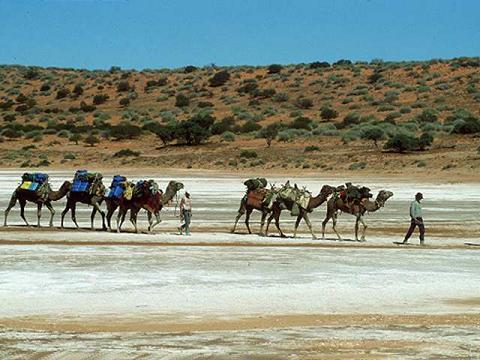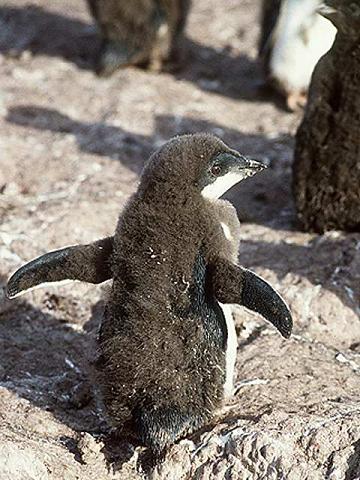
 |
|
|
|---|
Most deserts lie near the edges of the tropics. Food and water are often scarce in deserts, and temperatures in the summer can be scorching. Despite these conditions, many kinds of animals live there. They include geckos, iguanas, and skinks; bees, butterflies, and moths; spiders; elf owls and roadrunners; sidewinders; dorcas gazelles and mule deer; and bobcats, coyotes, and dingoes.
Animals of the deserts have developed special bodies and ways of life that enable them to survive the extreme heat. Centipedes, kangaroo rats, rattlesnakes, and scorpions spend the day in burrows. They come out to search for food only when temperatures drop at night. Many insects, lizards, and tortoises can tolerate high desert temperatures and are active in the daytime. But even they must retreat underground or find the shade of a tree during the hottest part of the day. Some snails, insects, frogs, lizards, mice, and ground squirrels estivate (sleep through the summer).

Many desert dwellers have light-colored skin, which helps keep them cool by reflecting sunlight. Desert foxes and hares have long ears. When overheated, these animals move to a cool cave or burrow where they can get rid of excess body heat through their ears. The Cape ground squirrel makes its own shade by using its fluffy tail like a parasol. Fairy shrimp and spadefoot toads may spend months or years underground waiting for rain to create ponds. Then they quickly feed and reproduce before the ponds dry again.
Animals of the polar regions
Animals that live in polar regions must withstand extremely cold temperatures. No land animals except ice worms and a few species of insects live in polar regions that have ice and snow the year around. But the seas of the Arctic and Antarctic have large numbers of wildlife, including fish, giant sponges, whales, and tiny shrimplike creatures called krill. In addition, polar bears, sea lions, and walruses spend much of their time on floating sheets of ice in the Arctic. Penguins and seals live on the Antarctic coast.

Many animals inhabit the vast Arctic tundras (cold treeless plains) of northern Asia, North America, and Europe. They include caribou, ermine, musk oxen, reindeer, lemmings, snowy owls, and wolves.
Shallow ponds in the region provide a place for mosquitoes and many other insects to lay their eggs. These insects serve as food for the birds that migrate to the tundra each summer to nest. Animals that live in polar regions have developed bodies and ways of life that enable them to deal with the frigid winter weather. Caribou, musk oxen, and polar bears have thick fur, which helps them stay warm. The Arctic fox and Arctic hare have short ears and tails that keep them from losing much body heat. Arctic ground squirrels hibernate (sleep through the winter). They curl up in a burrow, and their body temperature drops, saving energy during the long winter. They also do not eat in the winter. They live off fat stored in their bodies. |
|---|
.. |
|
||||||||||||
|---|---|---|---|---|---|---|---|---|---|---|---|---|
|
|
||||||||||||